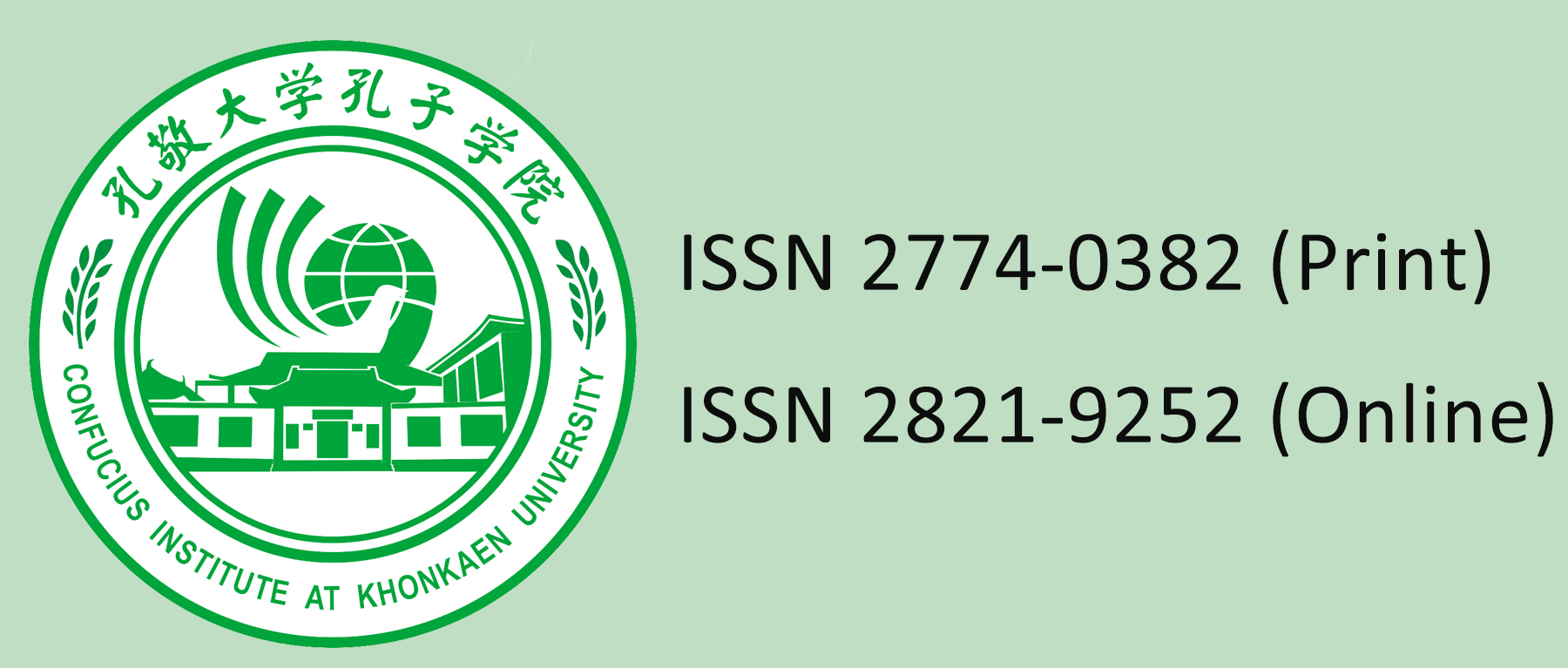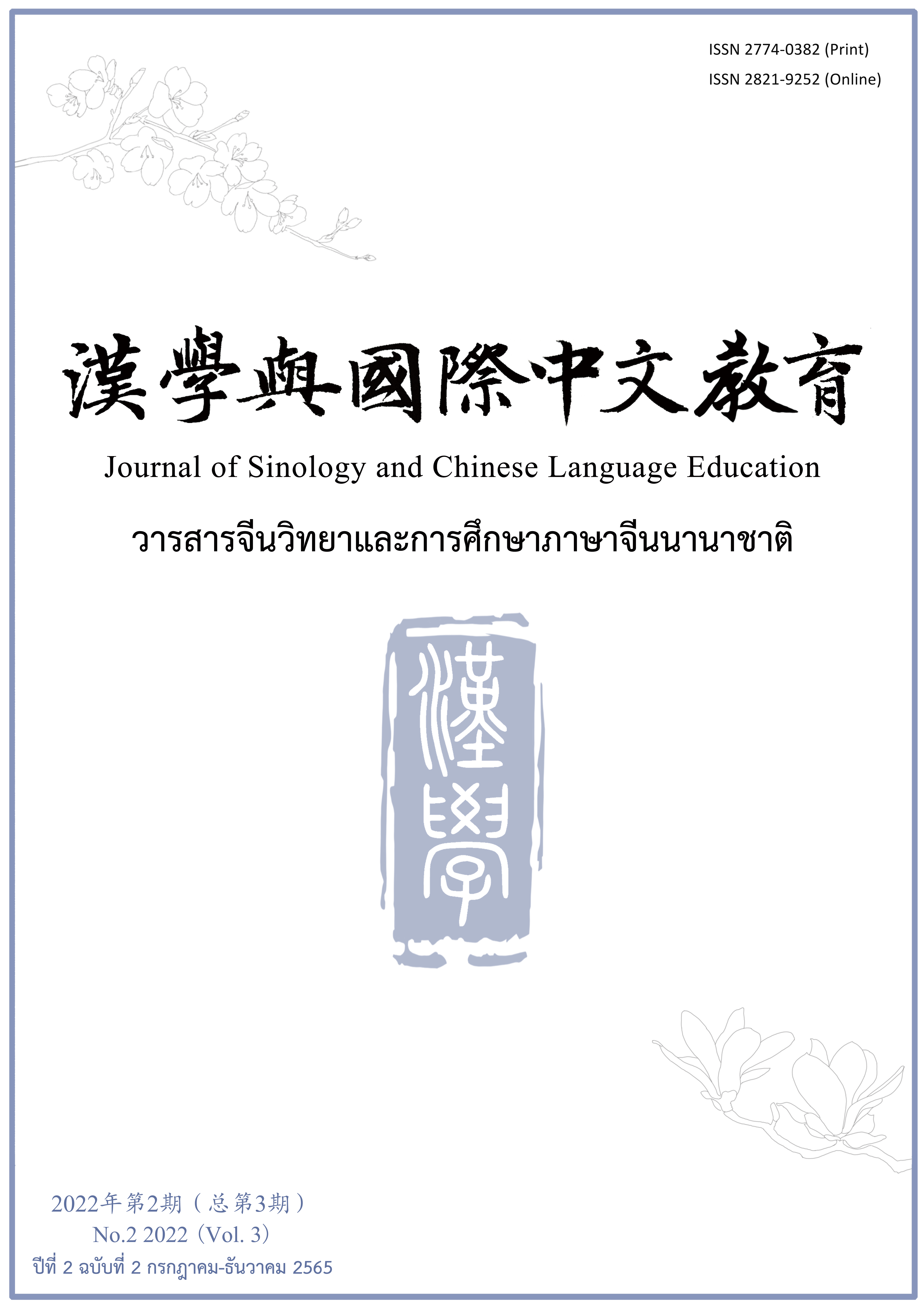A Study on Teaching Chinese Quantity Expressions to Native Speakers of Korean ——Focus on “er” and “liang” quantity expressions
Main Article Content
Abstract
In Chinese, “2” is the only cardinal number that has two different expressions, “er” and “liang”, the Korean language has two basic sets of numerals, the native Korean system and the Sino-Korean system. In addition, there are inflected forms for the native Korean numerals for “2, 3, and 4”. This paper focuses on the use of “er” and “liang”, the most complicated and frequently misunderstood Chinese numerals for native Korean speakers, and of “i” and “tu”, the Korean numerals for “2”. We collect and analyze expressions containing “i” or “tu” in Standard Korean Language Dictionary, the most authoritative Korean dictionary, and the SJ-RIKS corpus, and expressions containing “er” or “liang” in the CCL corpus of Peking University. We find that in terms of grammatical function, “i” is closer to “er”, while “tu” is more similar to “liang”. Therefore, it is suggested that native Korean speakers should generally use the Sino-Korean numeral “i” for “er”, and the native Korean numeral “tu” for “liang”. It is suggested that the grammatical structure and semantic features of“Two” and“Two” should be strengthened.


